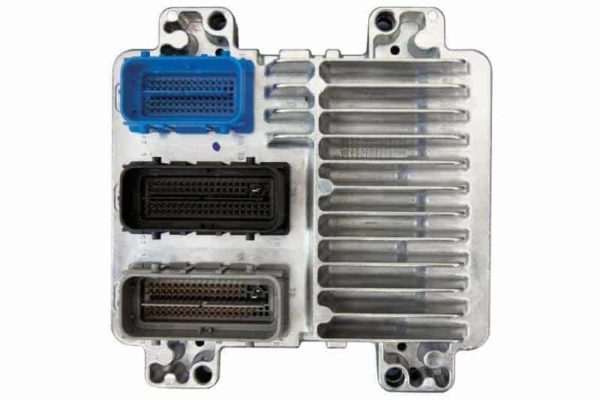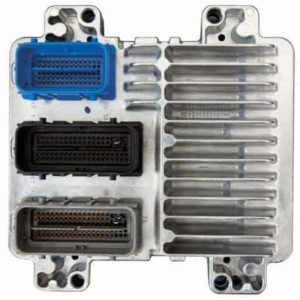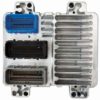Is Your 2006 Cadillac DTS Running Rough or Stalling?
If you’re experiencing frustrating issues like a persistent check engine light, unexplained stalling, poor fuel mileage, or harsh transmission shifts in your 2006 Cadillac DTS, the root cause is often a failing Engine Control Module (ECM). As a technician with over two decades of experience under the hood, I’ve seen these symptoms countless times. The ECM is the central computer of your vehicle, and when it starts to fail, it can create a cascade of problems that are difficult to diagnose without swapping the part.
Common Symptoms of a Failing 2006 DTS ECM
A faulty ECM doesn’t always fail completely at once. It often begins with intermittent problems that can leave you stranded. Pay close attention if your Cadillac is showing any of these signs:
- ✔ Check Engine Light is on with various, seemingly unrelated trouble codes (especially communication or processor codes).
- ✔ The engine cranks but refuses to start.
- ✔ Unexplained stalling, either at idle or while driving.
- ✔ Noticeable decrease in fuel economy.
- ✔ The transmission shifts erratically or feels like it’s slipping between gears.
- ✔ Hesitation or stumbling during acceleration.
- ✔ Cooling fans running constantly or not at all, leading to overheating.
Expert Pro Tip: Check Your Grounds First!
Before you condemn your ECM, do a thorough check of your vehicle’s main battery and engine ground connections. In my shop, I’ve seen dozens of cases where a loose or corroded ground strap caused voltage issues that mimicked a bad computer. A simple check can save you a lot of diagnostic headaches. For the DTS, pay special attention to the ground points on the engine block and the chassis near the battery. A clean, tight connection is critical for all vehicle electronics.
The Solution: A VIN-Programmed, Ready-to-Install ECM
This isn’t just a replacement part; it’s a complete solution. This Engine Control Module, service number 12607096, is the answer to your DTS’s electronic woes. The biggest hurdle when replacing an ECM is the expensive and time-consuming programming required at a dealership. We eliminate that step entirely.
When you purchase this module, you provide us with your vehicle’s 17-digit VIN. My team then uses that information to flash the computer with the latest, most stable software updates directly from General Motors. This ensures the ECM is perfectly matched to your car’s specific options, engine, and transmission, restoring its original performance and efficiency.
Why VIN Programming is Crucial:
- ✔ Guaranteed Compatibility: The software is tailored to your exact vehicle, preventing conflicts with other modules like the BCM or TCM.
- ✔ Latest GM Updates: We install the newest software, which often corrects drivability issues and bugs present in the original factory programming.
- ✔ No Dealer Visit Needed: You save hundreds of dollars in programming fees and the hassle of getting your car to a service center.
- ✔ Security System Ready: While a simple key relearn procedure may be necessary after installation (a 10-minute process you can do yourself), the core programming is complete.
Guaranteed Fitment & Interchangeability
This ECM is a direct replacement for a wide range of GM vehicles. While this listing is focused on the 2006 Cadillac DTS, this module is also a direct replacement for several other service numbers. If your original module has one of the following numbers, this part will work for you:
Interchangeable Part Numbers: 12590032, 12602044, 12603530, 12605843, 12607096, 12630457, 19210737
This module fits a vast array of GM models including the Impala, Lucerne, Trailblazer, Envoy, G6, and many more. Please use the vehicle compatibility tool to confirm the exact fit for your car. For your 2006 Cadillac DTS, this is the correct module.
Installation is Straightforward
On the 2006 DTS, the ECM is typically located in the engine compartment, making it accessible for a DIY-er with basic tools. After disconnecting the battery, you simply unplug the wiring harnesses from the old module, unbolt it, and install the new one in its place. Once reconnected, perform the security relearn, and you’ll be ready to get back on the road with confidence.


